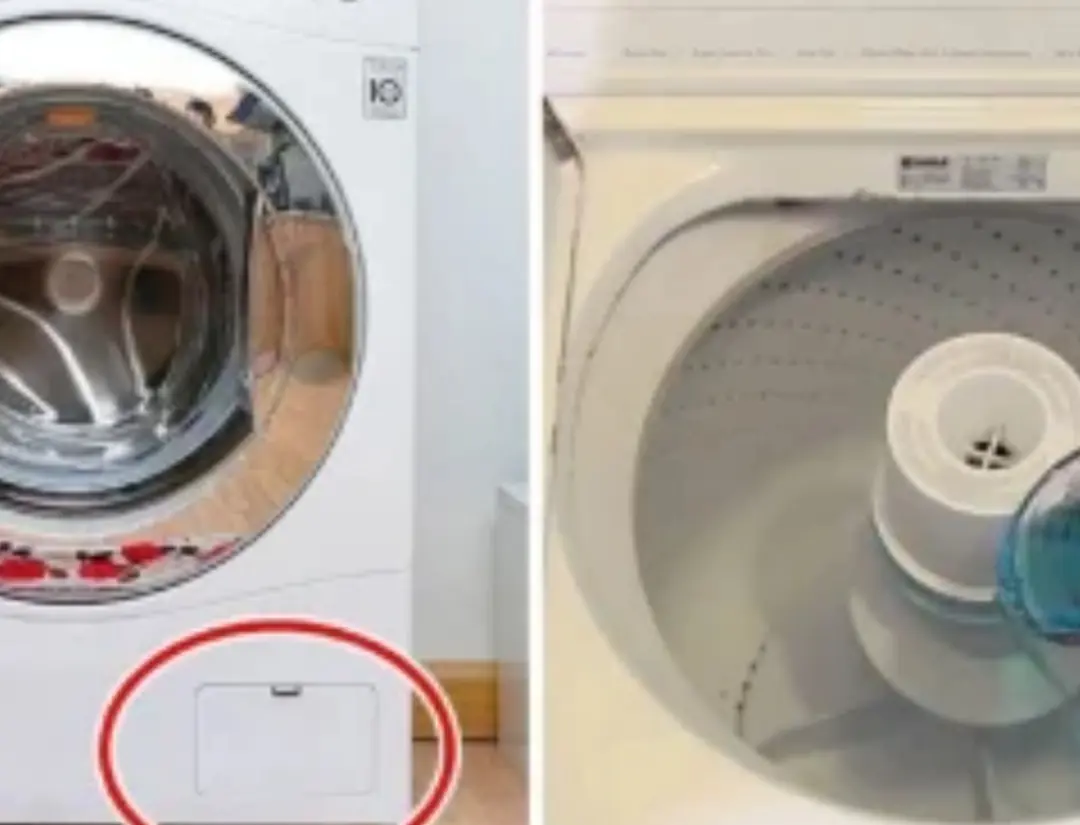
Don’t Buy the Brightest, Glossiest Tomatoes – Veteran Farmers Only Pick These 3 “Ugly but Delicious” Types
Don’t Buy the Brightest, Glossiest Tomatoes – Veteran Farmers Only Pick These 3 “Ugly but Delicious” Types
How can you pick the tastiest tomatoes every time?
At the market, in supermarkets, or even at a corner veggie stall, many people share the same habit: the redder, shinier, and rounder the tomato, the better. But if you ask a farmer who’s spent years growing tomatoes, they’ll shake their head and say: “Those bright, plump ones just look good on the outside — they’re often bland or mealy inside.”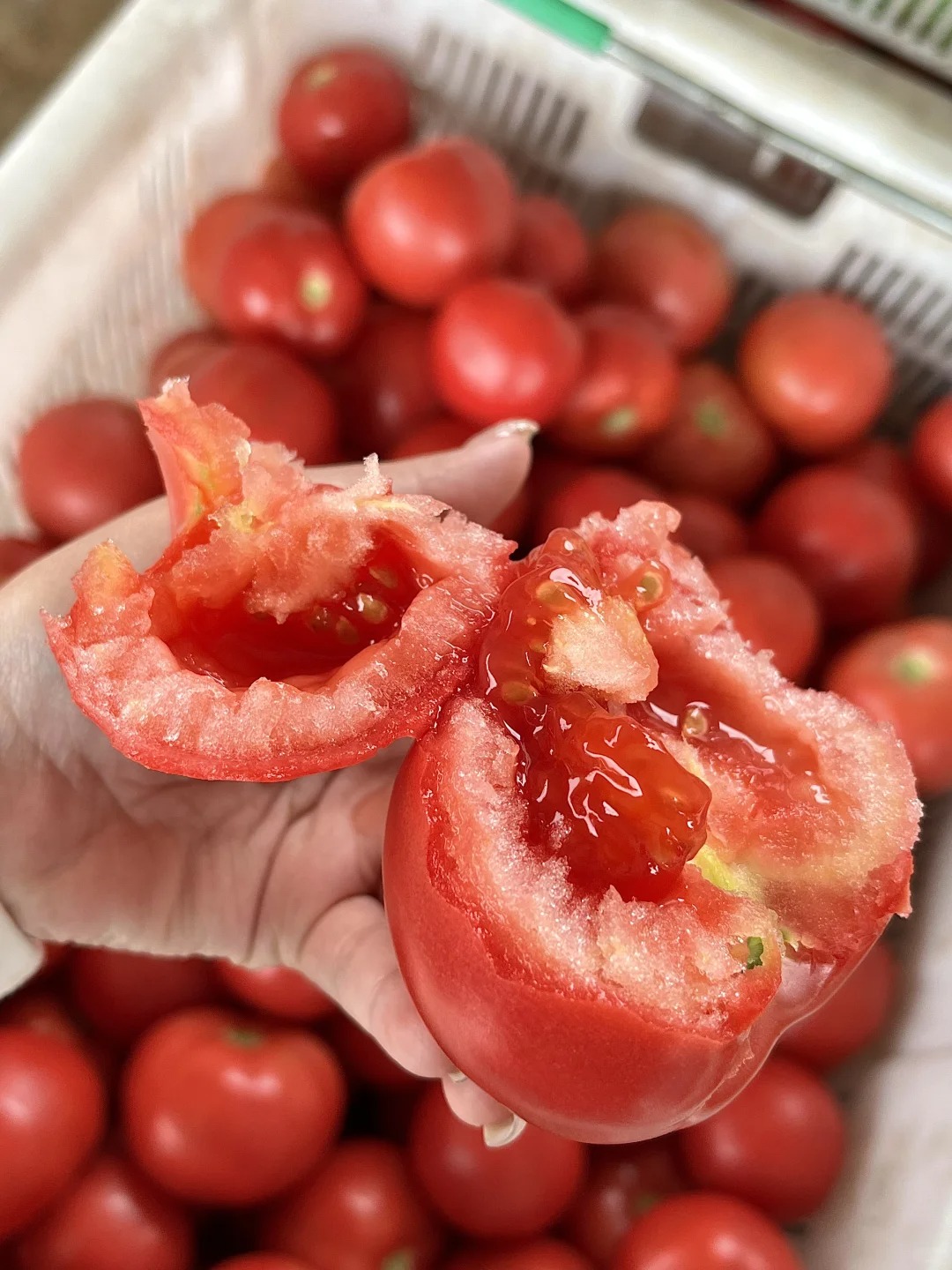
In reality, experienced gardeners often pass down a different rule of thumb: choose the “ugly but delicious” tomatoes — which goes against everything the average shopper thinks. That’s because the best tomatoes aren’t the prettiest, but the ones that ripen naturally on the vine, packed with flavor and nutrients.
Here are the 3 oddly-shaped or “flawed” tomato types that seasoned growers reach for without hesitation — because they’re not only delicious, but also clean and nutrient-rich.
1. Lightly Blushed Tomatoes – Not Deep Red but Surprisingly Sweet
It might sound strange, but to veteran growers, tomatoes with a pinkish hue, uneven coloring, or blotchy skin are often the tastiest. These are usually vine-ripened and not artificially ripened with chemicals.
Why aren’t they bright red?
Naturally ripened tomatoes don’t suddenly turn red overnight. Their color shifts gradually from green → pale pink → deep pink → reddish-orange. If exposed to sunlight, they may even develop subtle yellow streaks. Tomatoes that are unnaturally deep red and glossy are often harvested unripe and then ripened using color-enhancing chemicals or ethylene gas.
What do they taste like?
These tomatoes tend to be mildly sweet with low acidity. When eaten raw, they’re flavorful and balanced. In soups, they don’t add sharp sourness. When cooked into sauces, they deliver a rich, concentrated aroma. The skin is a bit thicker, which actually helps preserve nutrients — especially lycopene, a powerful antioxidant found in tomatoes.
2. Tomatoes with Scars or Sun Spots – “The Uglier, the Tastier”
Most consumers avoid tomatoes with small scars, sunspots, or slight cracking — fearing they’re damaged or spoiled. But to growers, these are prized picks. Such markings often indicate the tomato matured in sunny conditions with just the right water levels, developing a thicker, more protective skin.
What are sunspots?
These are small brown or grayish marks caused by direct sun exposure during ripening. They don’t affect the fruit’s interior and often signal that the tomato was grown outdoors (not in greenhouses) and without artificial shine-enhancing treatments.
What do they taste like?
These tomatoes are typically firm, meaty, and low in water. They don’t fall apart when sliced and are excellent for stir-fries, stews, or cooking with meat. They also hold their shape and flavor during cooking — making them ideal for homemade sauces or ketchup.
3. Small, Slightly Wrinkled Tomatoes – Rustic but Packed with Flavor
Finally, one of the all-time favorites among farmers: small, evenly ripened tomatoes that may have slightly wrinkled skin or a lopsided shape. They may not look appealing, but they check every box for being flavorful, clean, and healthy.
Why are they wrinkled?
Tomatoes that ripen a bit past their peak begin to lose moisture through the skin, leading to a light wrinkling effect. But this dehydration actually concentrates their sweetness and tang. These are the most fragrant and flavorful tomatoes — rich in vitamin C and A.
What do they taste like?
They have a clear sweet-and-sour balance and are perfect for eating raw, in salads, dipped in salt and pepper, or pickled. Many people use them for making small-batch tomato jams, since their flavor is intense and they yield a beautiful color.
Why Do Beautiful Tomatoes Often Taste Bland?
Tomatoes grown industrially, using growth enhancers or harvested early and artificially ripened, usually look perfect — large, uniform, shiny — but inside, they’re watery and flavorless. Worse, when stored in cold conditions for too long, they lose vitamin C and become mushy when cooked.
Truly clean, naturally ripened tomatoes rarely look flawless. But they’re the real gems of any produce aisle.
Tips for Picking Good Tomatoes at the Market
-
Give them a gentle squeeze: Naturally ripe tomatoes will be slightly soft to the touch, not rock hard.
-
Smell the stem end: A tomato that ripened on the vine will still have a light, earthy tomato scent. If there’s no smell or an odd odor, it’s likely been artificially ripened.
-
Look at the skin: Avoid tomatoes that are too smooth, shiny, or tight. Choose ones with slightly rough skin, visible veins, or sunspots.
-
Check the shape: “Flavorful” tomatoes are often unevenly shaped and heavier than they appear.
Final Thought: Don’t Be Fooled by a Tomato’s Looks
In a world where appearances often take priority, choosing “ugly but tasty” tomatoes is a smart and practical approach. Learn to trust flavor, not just the outer shell. Just like people — the most flavorful tomatoes are often hidden behind a rough exterior.
So next time you’re out shopping, don’t hesitate to pick the tomatoes with spots, scars, or a little wrinkle — you might just be bringing home the true treasure of tomato season.
News in the same category

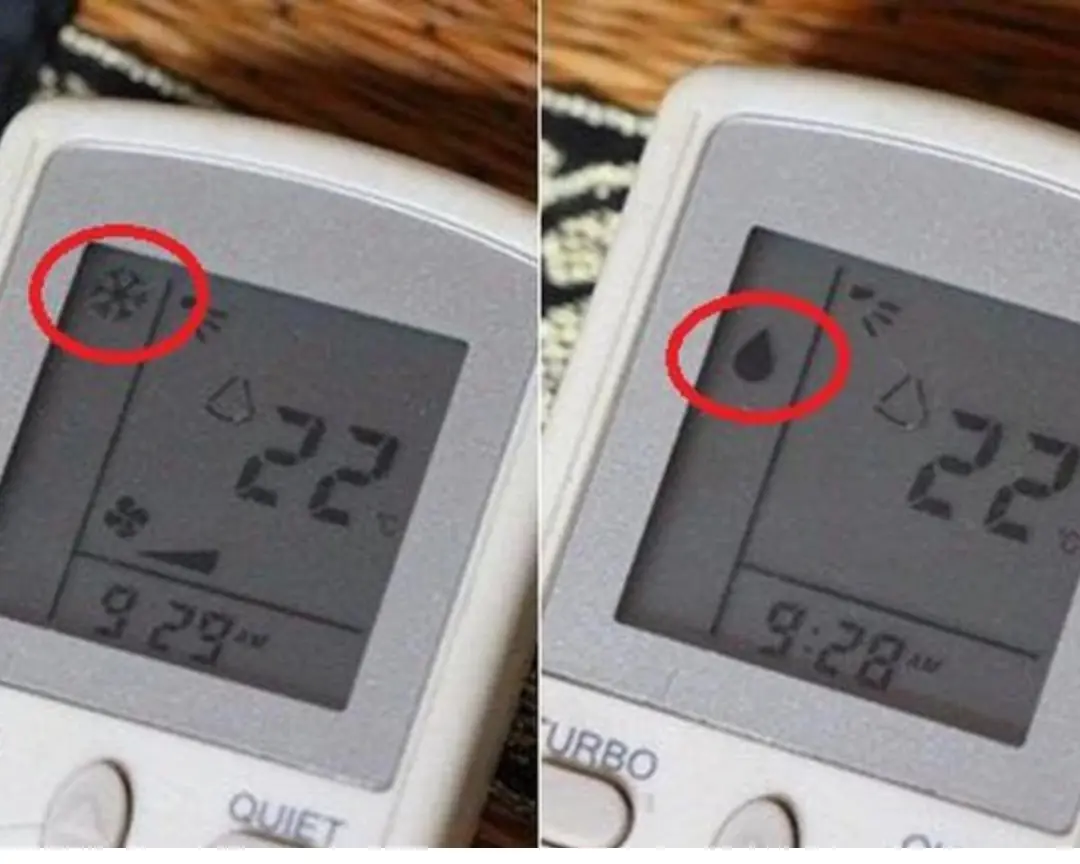
Tips for using air conditioning without worrying about skyrocketing electricity bills

Toilet smells fishy: Pour this in and the smell will go away, free of charge
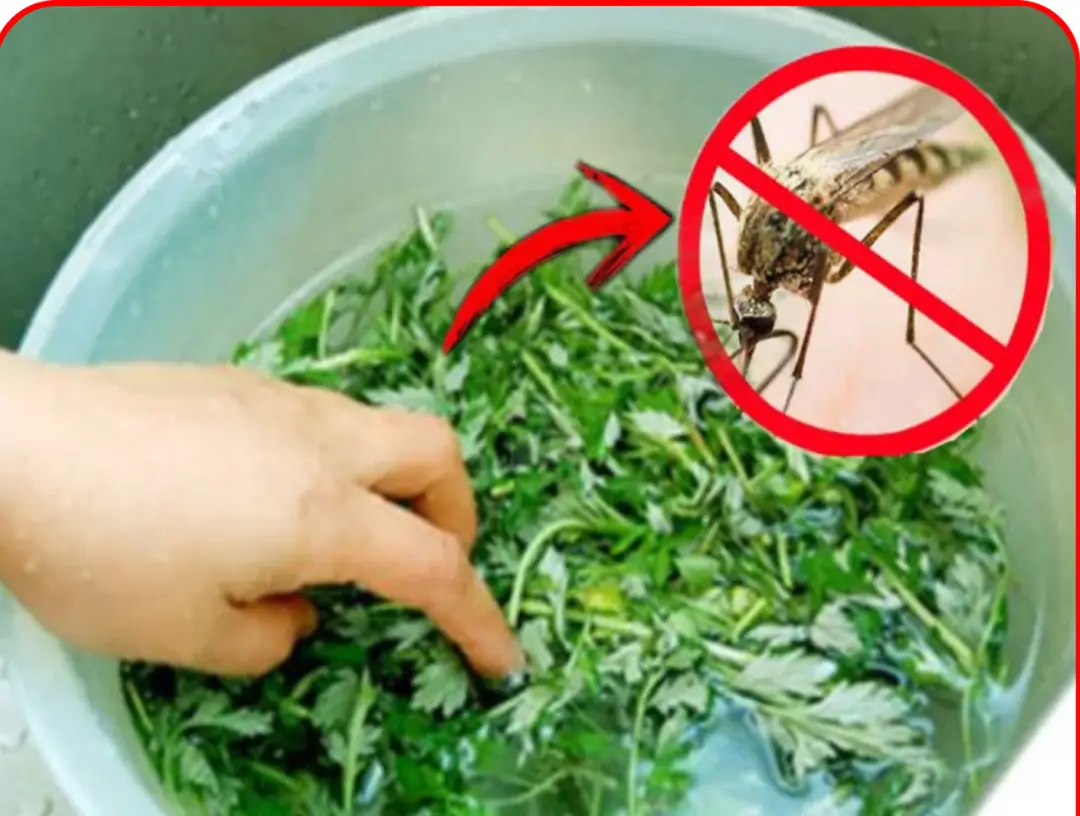
Crush this handful of leaves and place it in the room.
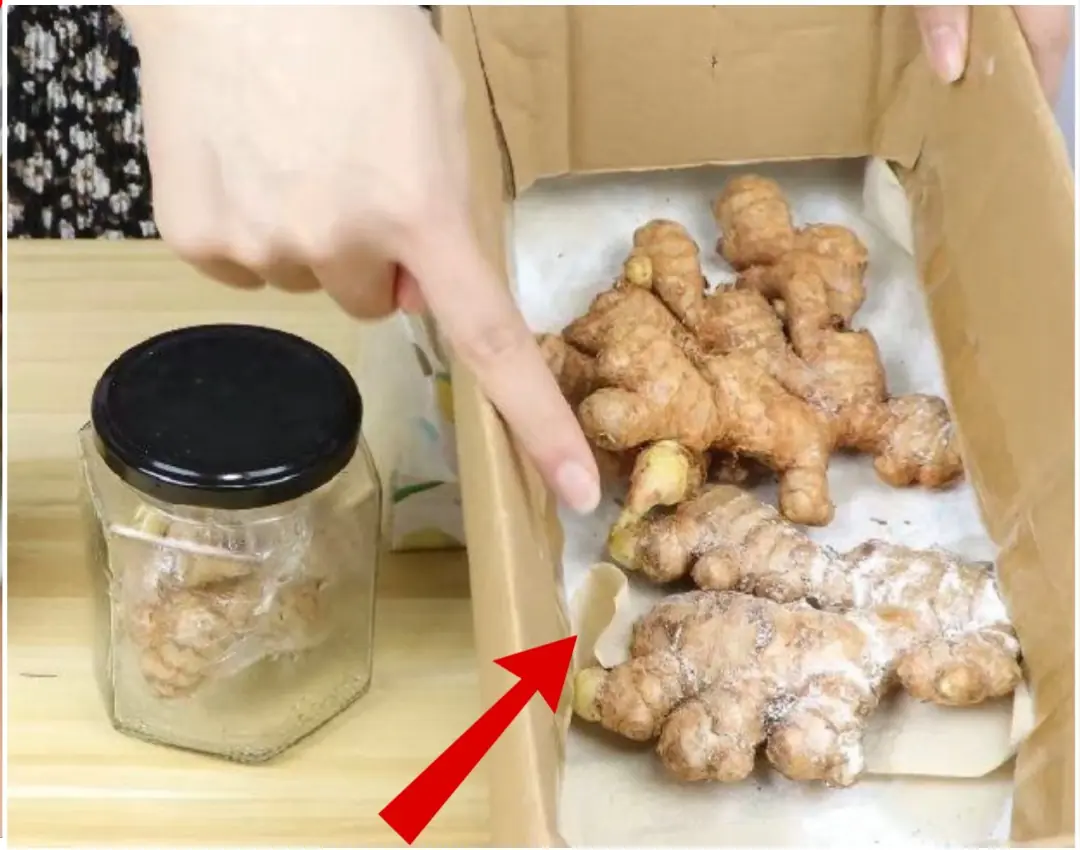
Ginger left for a long time will often shrink, rot, or sprout

Why should you do that?
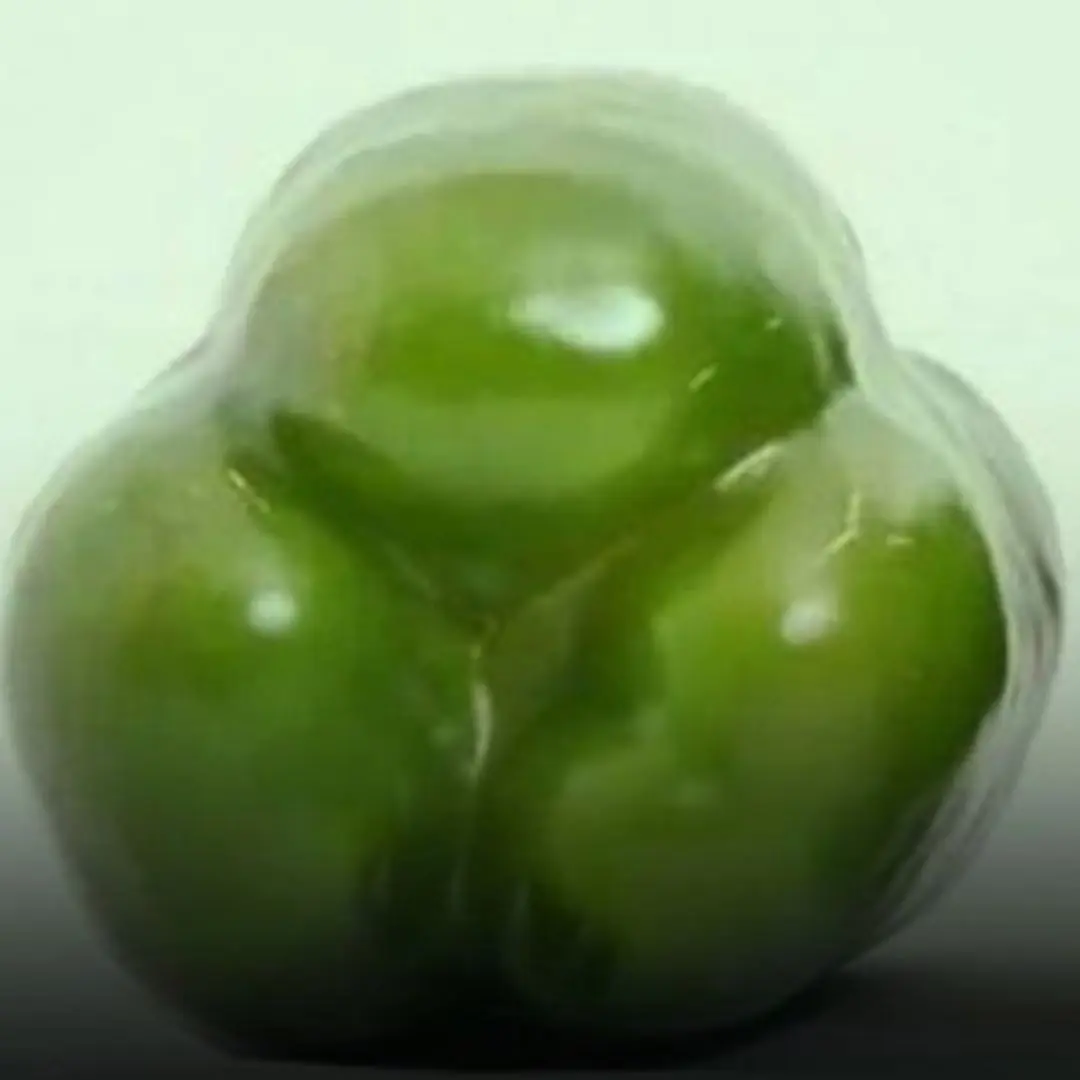
When buying bell peppers, choose the one with 3 or 4 grooves. Which one is better?
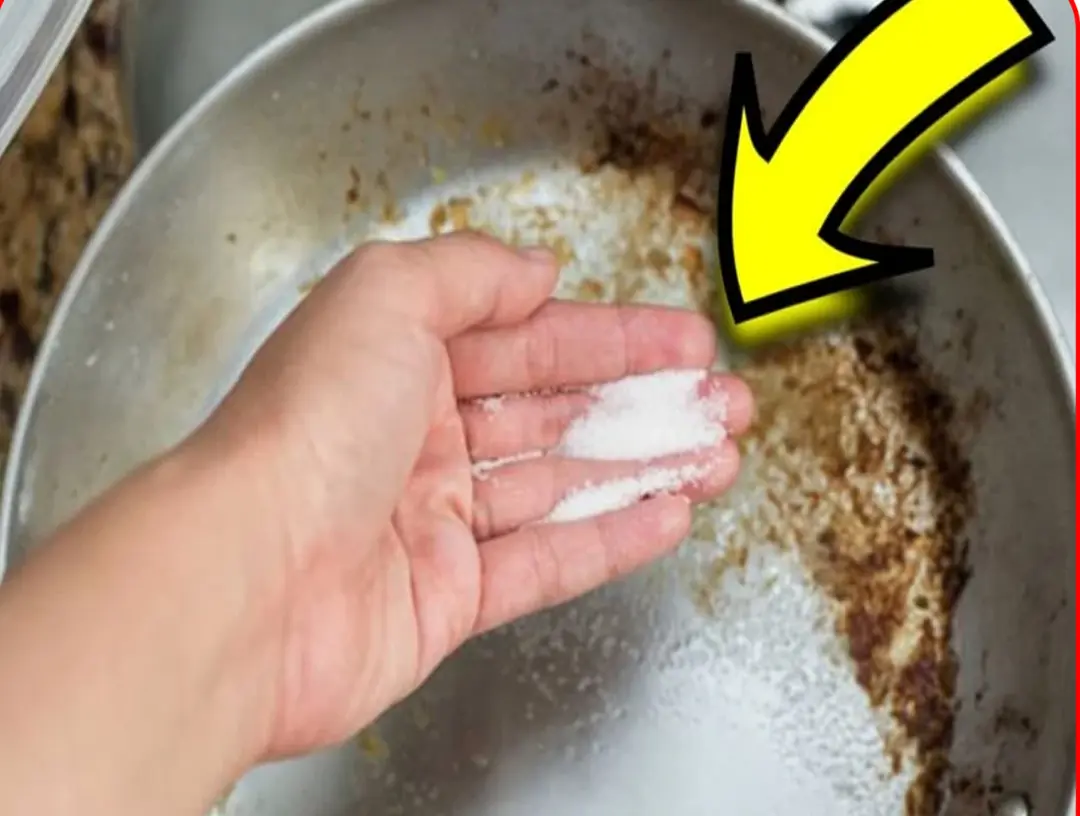
If the pan loses its non-stick coating, don't throw it away.

About 15 minutes before a stroke, the body usually sends out 4 clear
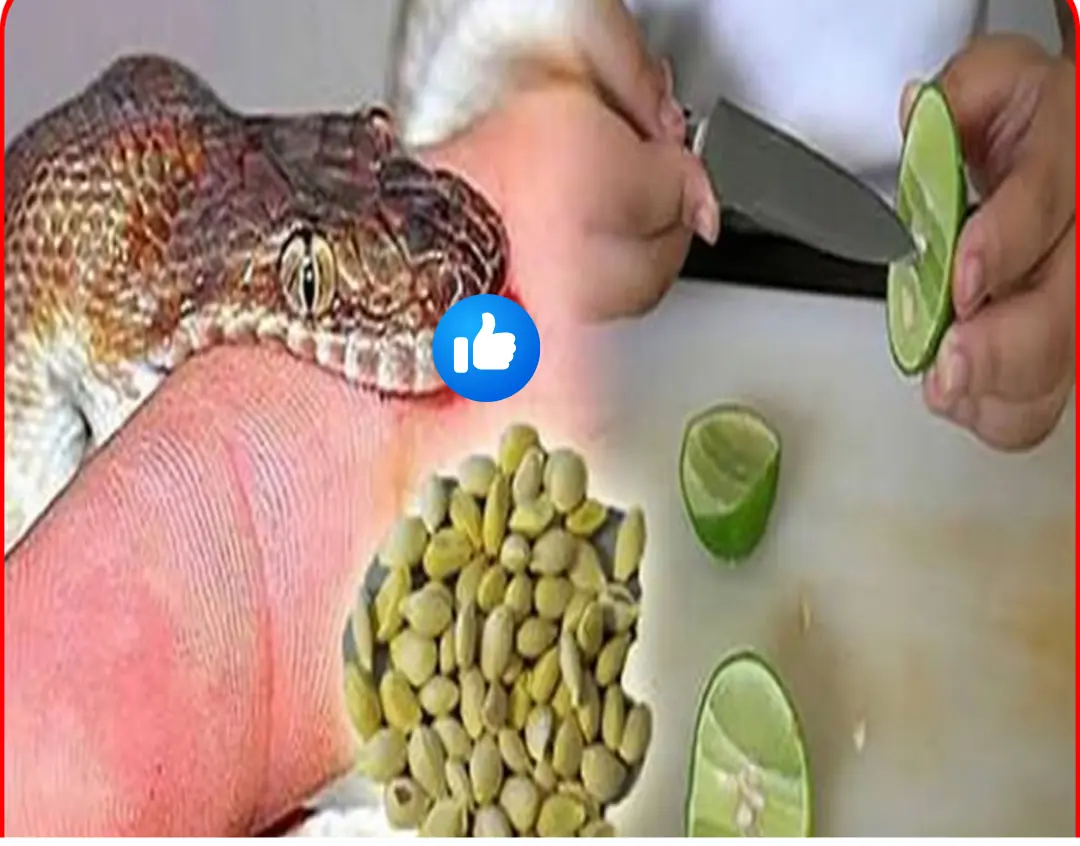
Save this valuable remedy to help absorb toxins and save lives

Show you 4 effective ways to keep your house free of cockroaches
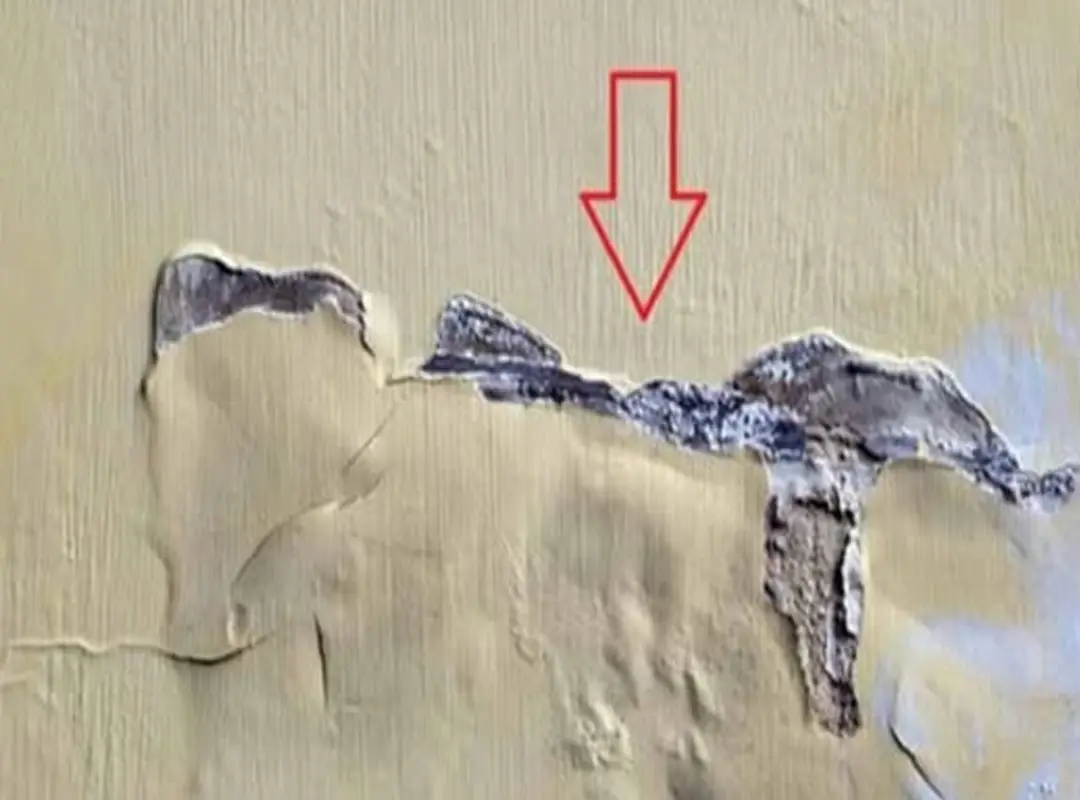
Tips to deal with moldy, peeling walls: Free, very simple, any house can do it
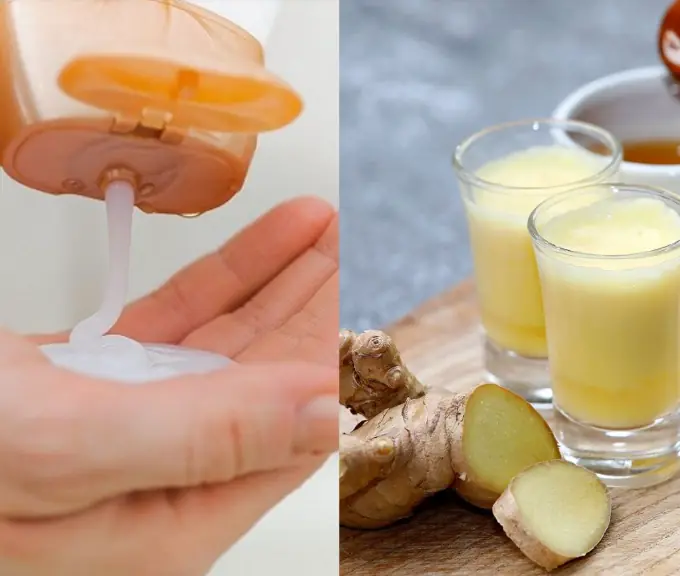
Some ways to care for hair with ginger
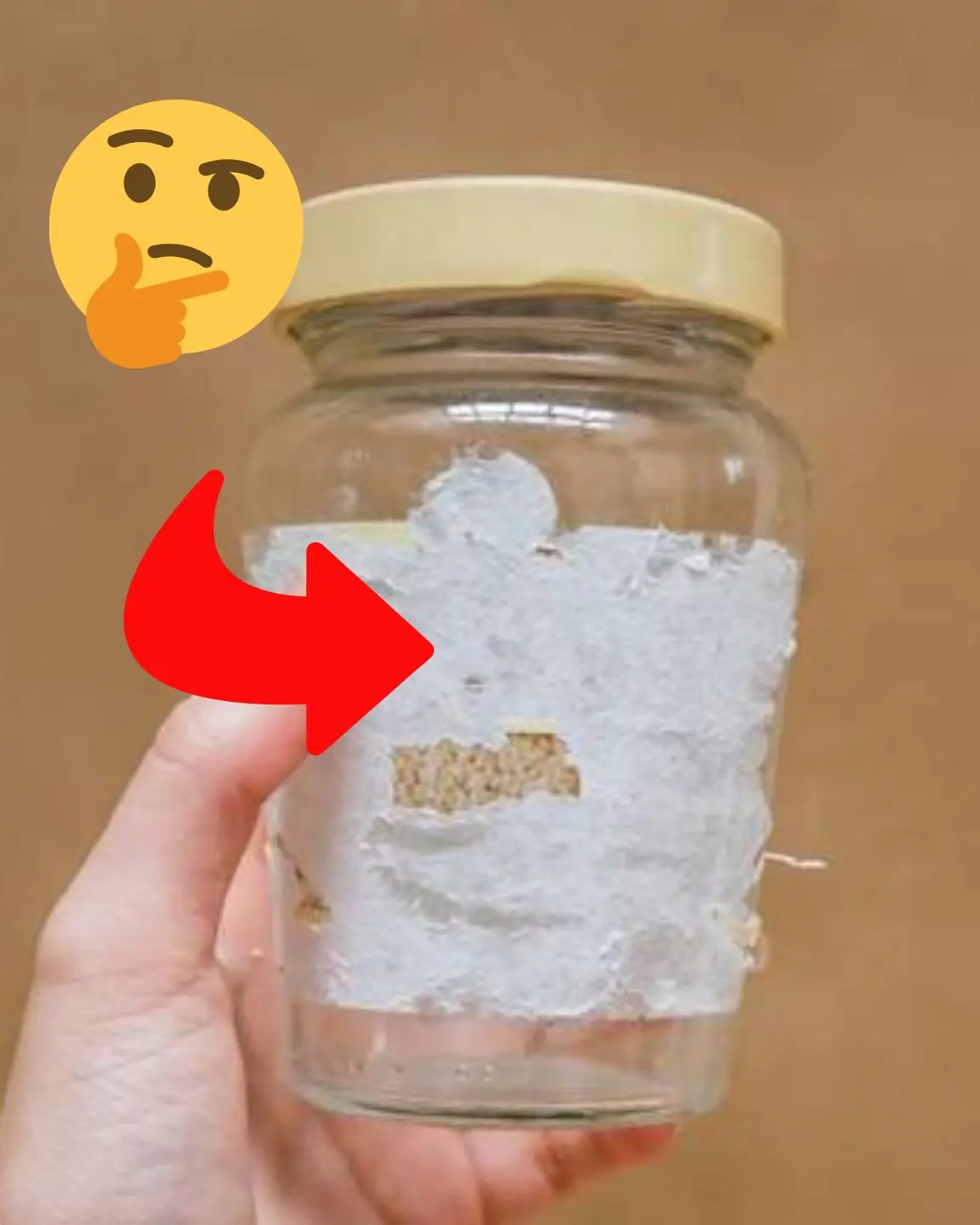
How to Remove Labels from Glass Jars in Minutes (with Zero Effort!)
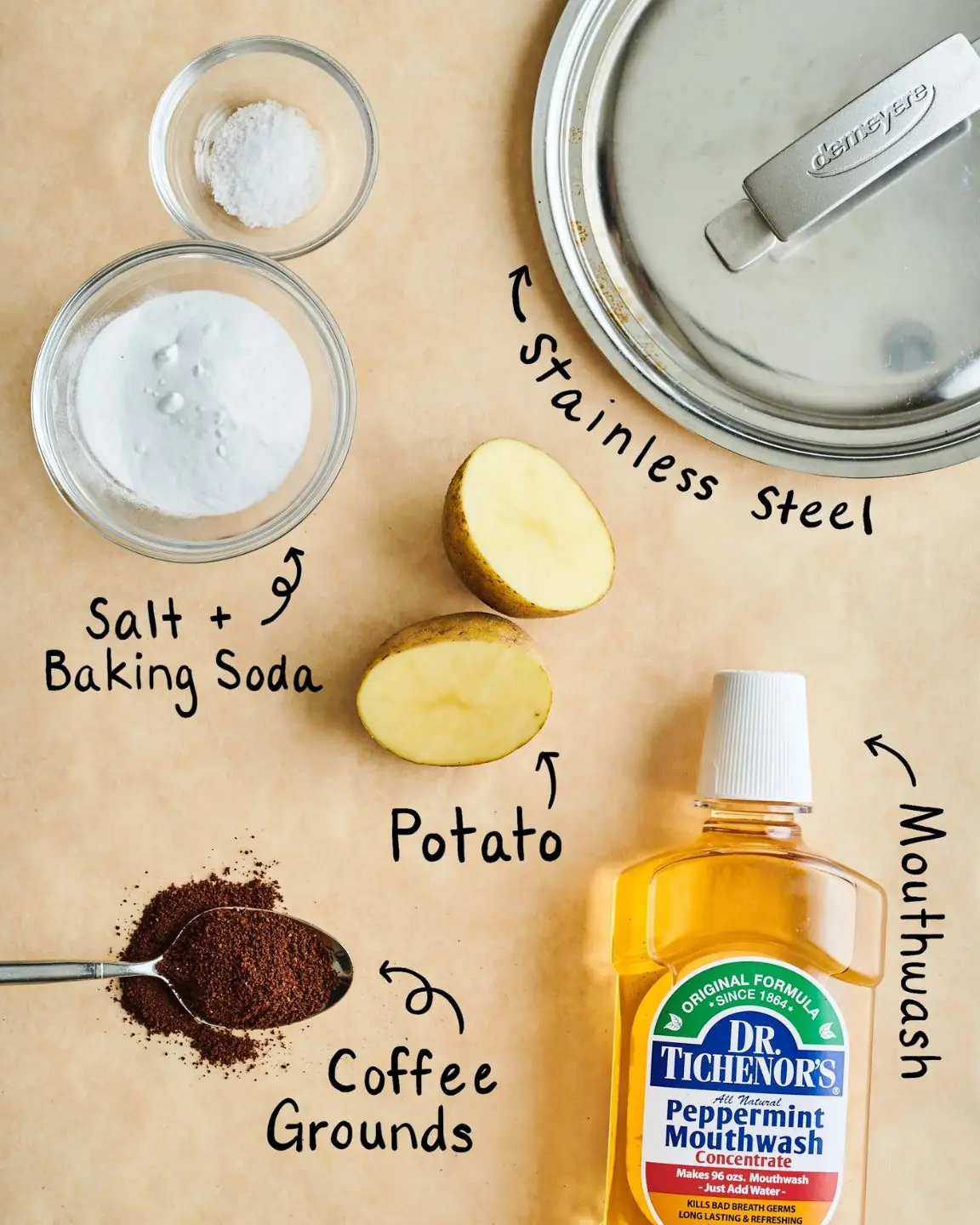
I Tried 5 Tricks for Getting Garlic Smells Off My Fingers, and the Winner Blew Me Away
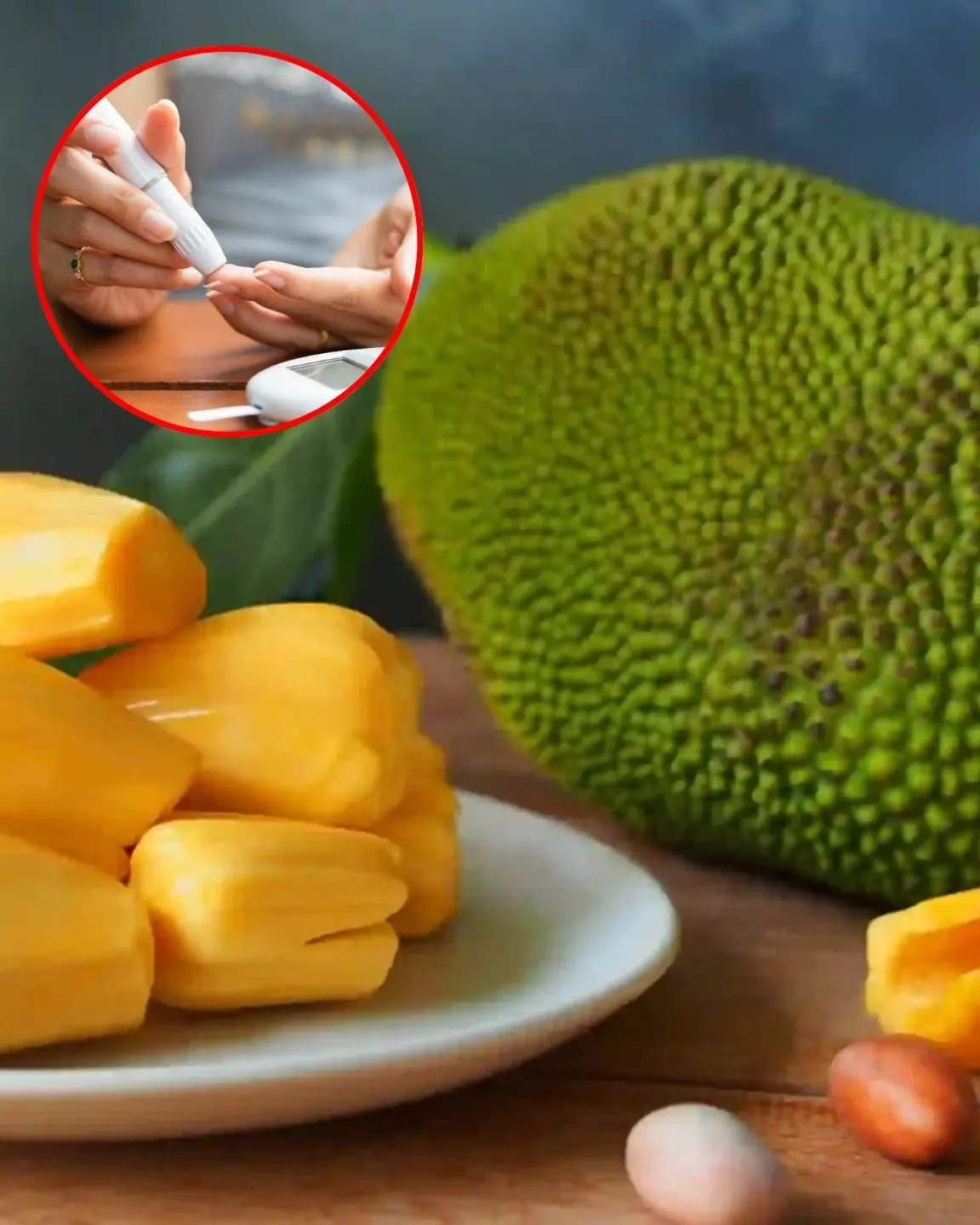
Is Jackfruit Good for Diabetes?

When buying shrimp, should you choose open or folded tails? 5 tips for choosing the right shrimp, stay away from shrimp injected with chemicals
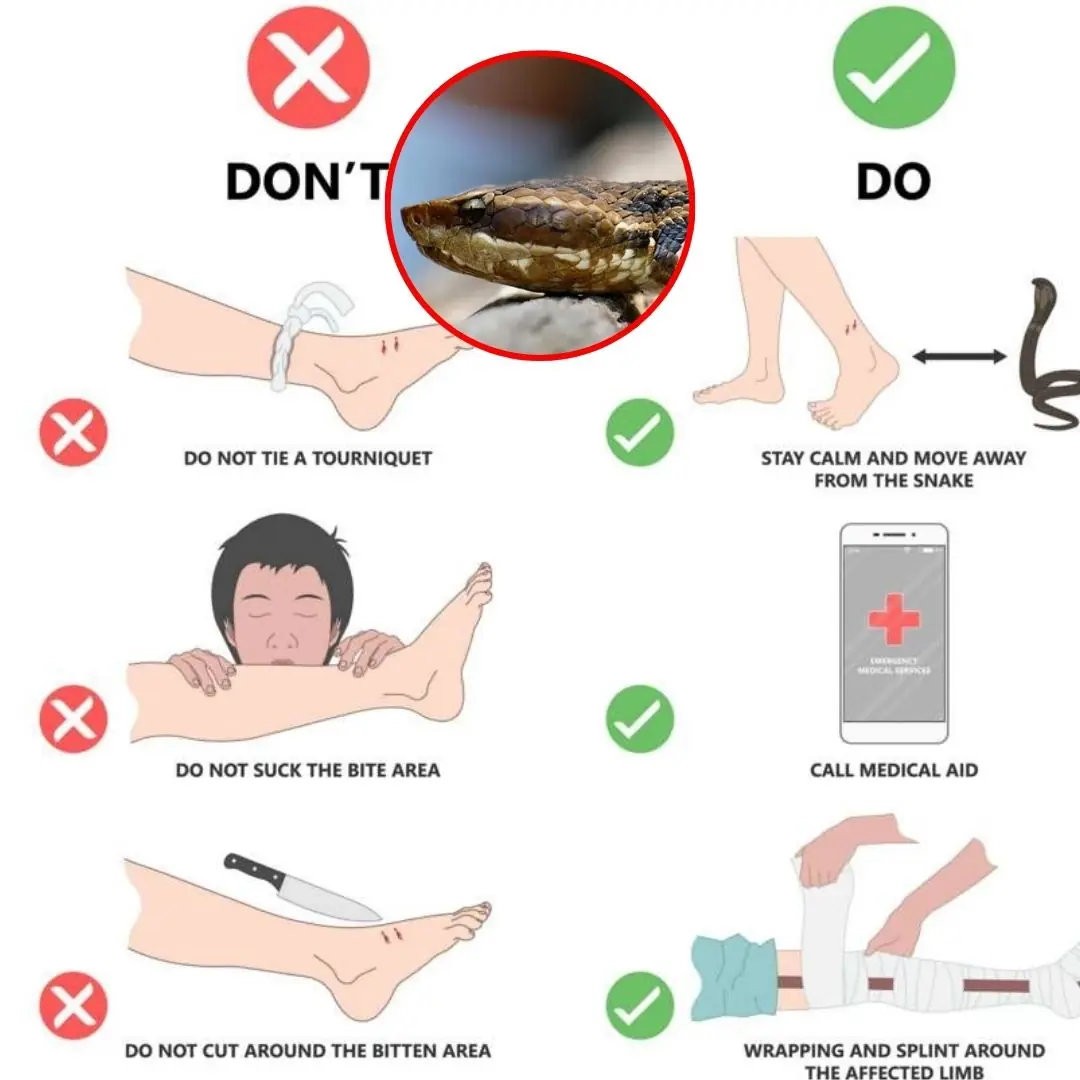
Emergency : Snake bite what to do and what not to do?
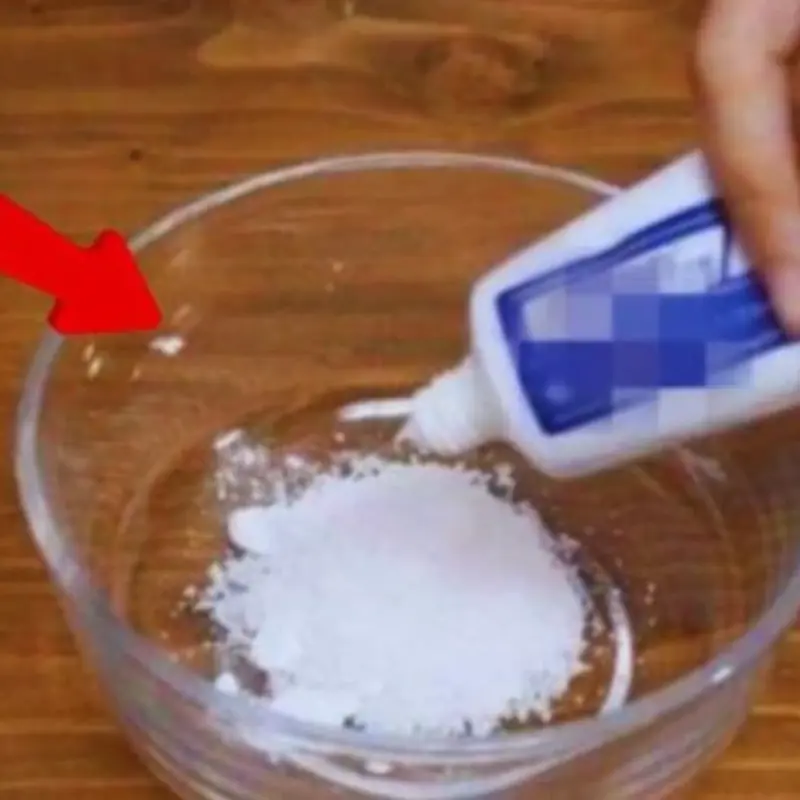
Mix Toothpaste with This and Be Surprised: Old, Moldy Faucets Shine Like New After Just 5 Minutes of Light Cleaning
News Post

There is a small switch on the washing machine: Press it once and the dirt will automatically be discharged.

Tips for using air conditioning without worrying about skyrocketing electricity bills

Toilet smells fishy: Pour this in and the smell will go away, free of charge

Crush this handful of leaves and place it in the room.

Ginger left for a long time will often shrink, rot, or sprout

Two Friends

The Little Match Girl

Why should you do that?

Why do hotel bathrooms have transparent glass doors?

A Jury of Her Peers

NASA Scientists Explain Why Astronauts Strap Down Their Arms to Avoid the “Zombie Pose”

The Gift of the Magi

When buying bell peppers, choose the one with 3 or 4 grooves. Which one is better?

If the pan loses its non-stick coating, don't throw it away.
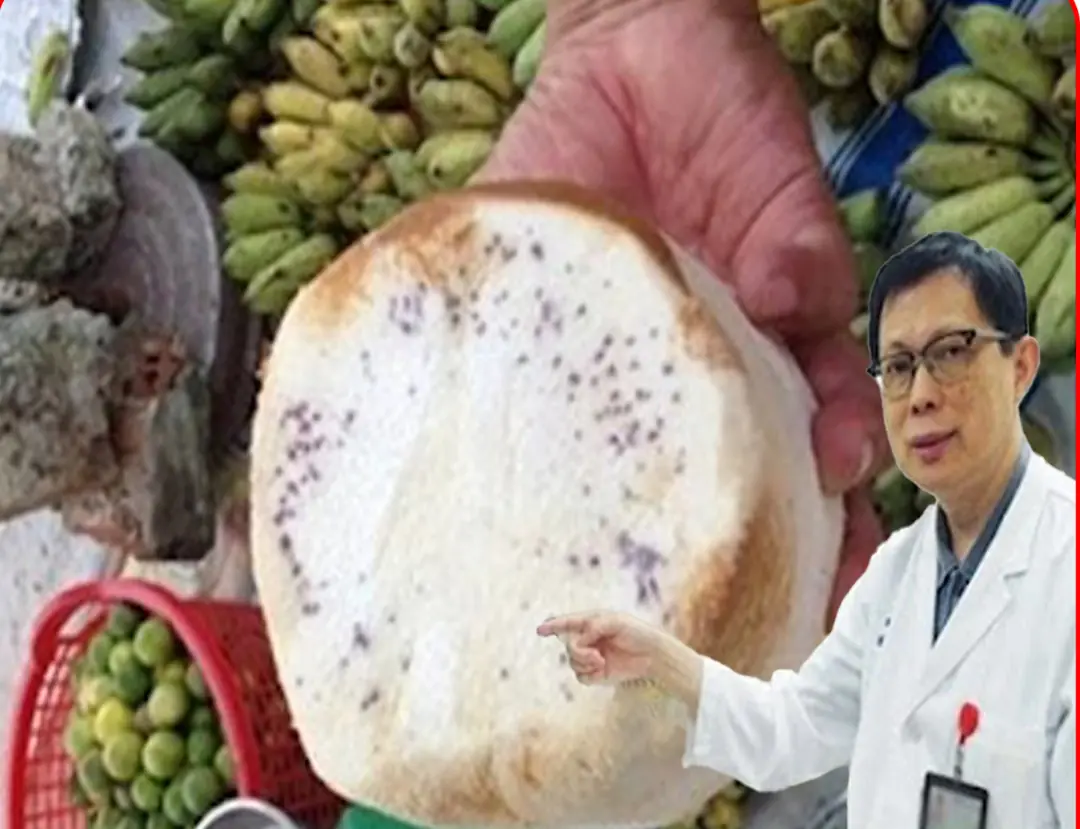
These 5 fruits are in the 'black book' of causing can.c.er cells

About 15 minutes before a stroke, the body usually sends out 4 clear

Save this valuable remedy to help absorb toxins and save lives

Show you 4 effective ways to keep your house free of cockroaches
